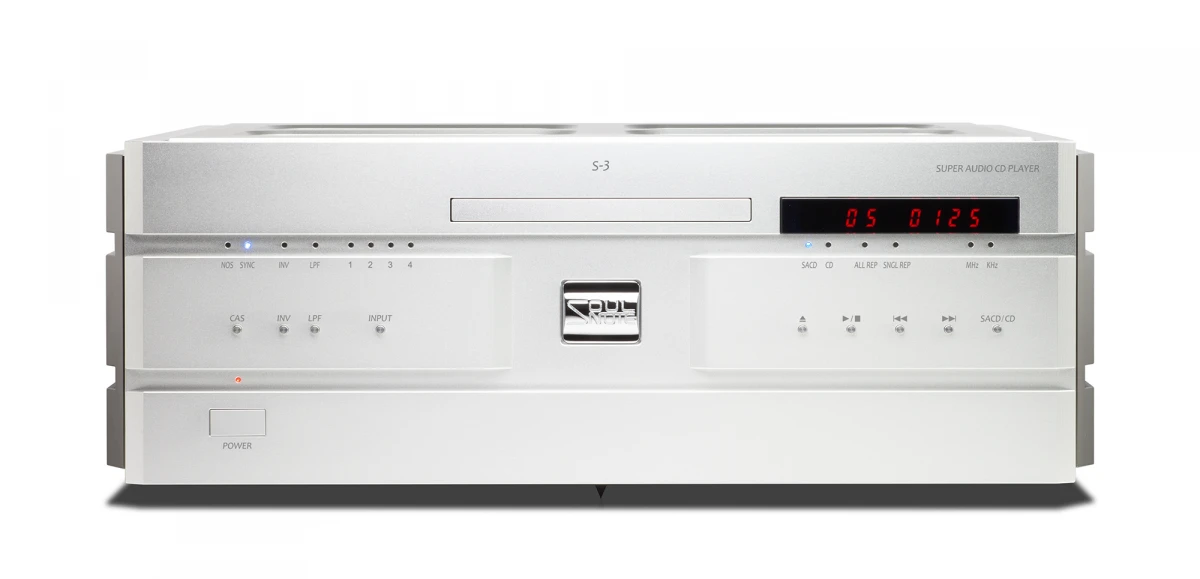CD / SACD players and transports — Soulnote Z-3
Description, images, technical data and specifications
Soulnote Z-3
Image source — © Soulnote


Specifications
Model name
Z-3
Transport
Yes
Player
N/A
SACD support
N/A
Engine
N/A
Frequency response low +/- 3dB (for CD) (Hz)
N/A
Frequency response high +/- 3dB (for CD) (Hz)
N/A
Frequency response low +/- 3dB (for SACD) (Hz)
N/A
Frequency response high +/- 3dB (for SACD) (Hz)
N/A
Gain (dBu)
N/A
Output Level (balanced) (V)
N/A
Output Level (single-ended) (V)
N/A
Input Impedance (balanced) (Ω)
N/A
Input Impedance (single-ended) (Ω)
N/A
Output Impedance (balanced) (Ω)
N/A
Output Impedance (single-ended) (Ω)
N/A
Dynamic range (for CD) (dB)
N/A
Dynamic range (for SACD) (dB)
N/A
Signal to Noise Ratio (for CD) (dB)
N/A
Signal to Noise Ratio (for SACD) (dB)
N/A
Total Harmonic Distortion + Noise (for CD) (%)
N/A
Total Harmonic Distortion + Noise (for SACD) (%)
N/A
Dimensions (mm)
454 × 174 × 393
Weight (kg)
20
Official link
More components

CD / SACD players and transports
Soulnote S-3


